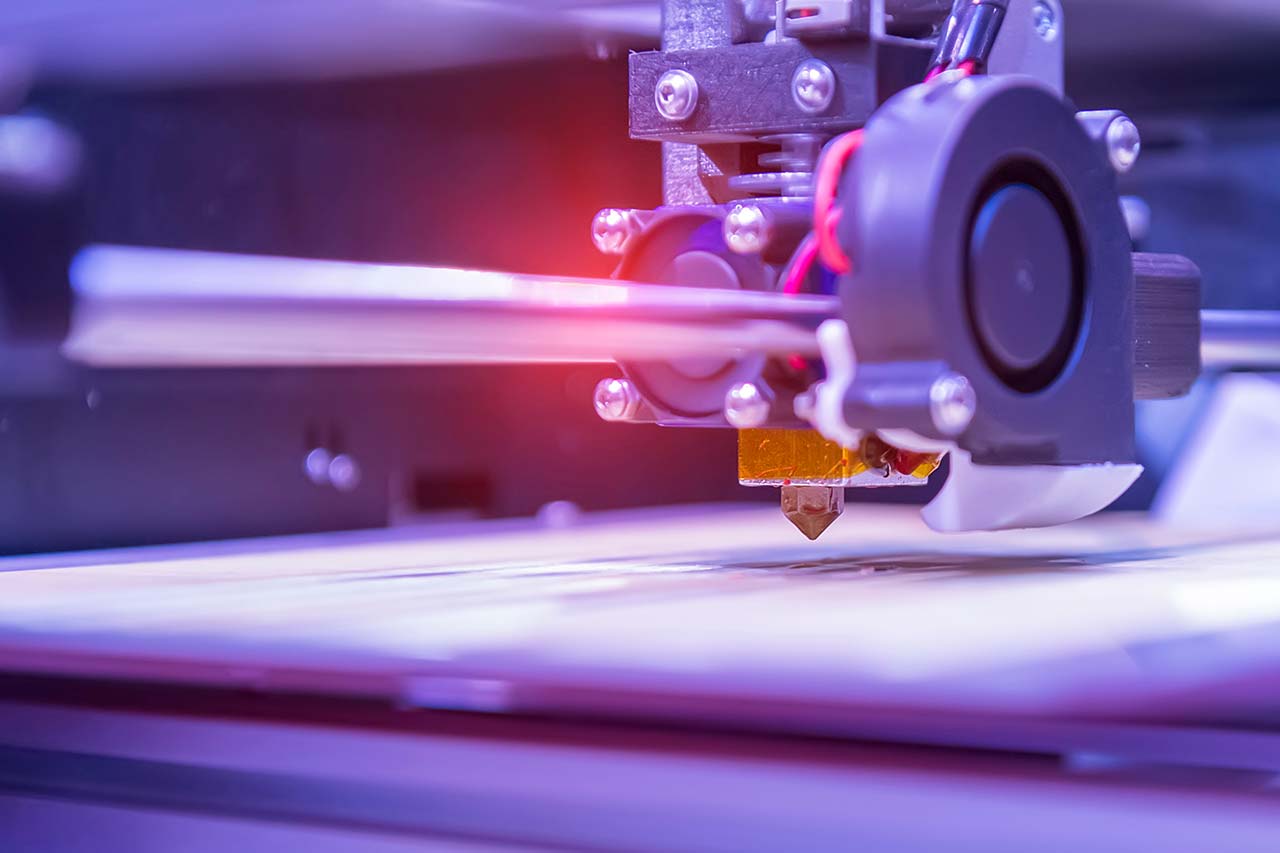New materials in additive manufacturing are disrupting the value chain

Alcimed, a consulting company specializing in innovation and the development of new markets, looks at the central role of raw materials for additive manufacturing technologies in the industrial sector.
Toulouse, February 28, 2017 – The additive manufacturing market (sale of machines, consumables, and services) represented more than five billion dollars in 2015. With an annual growth rate of more than 25% in recent years, the market is expected to reach more than $15 billion by 2020[1]. Plastic material based technologies are the ones generating most of the turnover, but their domination is decreasing, which leaves more room for metals[2]. Other materials are appearing and it is this diversification and redistribution of forces that drives major disruptions in the value chain.
Towards a diversification of the materials used
The materials used in additive manufacturing since the advent of this technology are plastic, and more recently metal. 3D printing of metal parts has developed because it is of real interest to industry, particularly in aeronautics, where it replaces the machining of parts with complex geometries.
Beyond aeronautics and materials mentioned above, other raw materials are being considered. Among the most significant are, for example, concrete, the printing of which could revolutionize construction methods, ceramics with numerous applications in aeronautics and space, and flexible materials with very diverse potential application sectors:
- Biomaterials for the reconstruction of tissues and even organs in the health sector
- Flexible polymers such as silicone for use in organ replicas to simulate surgical procedures and train surgical personnel. This type of polymer also has great potential in aeronautics for the deposition of complex joints as well as for the direct manufacture of multi-material assemblies to avoid assembly or gluing operations.
- Foods for culinary creations or even industrial production
One of the advantages of additive manufacturing using such flexible materials is that the same machine can be adapted to different materials (silicone, latex, polyurethane, etc.) and thus cover several applications. In most cases, these materials are shaped by Fused Deposition Modelling (FDM) systems where the filament is replaced by a relatively viscous liquid supply allowing a very wide range of materials to be used. However, technological barriers such as material control and polymerization remain to be overcome in order to guarantee printing quality and structural homogeneity.
Like with metals and plastics, it is essential to carry out an economic study before launching into the business. For example, the additive manufacturing of potentially technically relevant silicone molds remains less economically viable than manufacturing the mold from the finished product, which is in turn printed in 3D.
Raw material suppliers seeking to strengthen their position on the market
The arrival of these new raw materials disrupts the value chain, previously focused on machine suppliers, in direct contact with end-users. Indeed, the latter have gradually been moved into the value chain, upstream with the distribution of metal powders adapted to their machine, but also downstream with the supply of printing software or even printing services.
With new materials requiring specific expertise, raw material suppliers are gaining in importance and expanding across the value chain. For metal printing, the main technological feature is the laser machine and its complex associated settings. On the other hand, for new materials such as polymers, it is the control of the material that is essential; the machine simply deposits layers that will combine homogeneously thanks to the properties of the material.
In order to develop in this market, raw material suppliers are therefore looking to invest more in the development of printing technologies to reach end-use applications. These professional chemists tend to take the lead in forging partnerships with machine manufacturers or even designing their own solutions. They are thus in direct contact with the user to set up new applications, something completely new in the field of additive manufacturing. For example, Bluestar Silicones goes beyond its historical role as a silicone supplier, by getting involved in collaborative health projects to develop a prototype 3D printer for implant creation.
As the printing machine no longer becomes a facilitator, value moves to both ends of the chain, towards mastering the material and understanding its final application.
“The arrival of these new types of materials is pushing raw material suppliers to reinvent their business models and move further along the value chain to control the shaping of the product and better tailor the materials to the customer’s needs.” concludes Alexandre Savin, Director of the Alcimed Office in Toulouse.
[1] Sources: ATKearney: “3D printing: A manufacturing Revolution”; Wohlers: “Wohlers report 2014”, “Wolhers report 2015”, “Wohlers report 2016”
[2] Source: Smartech Markets Publishing: “Metal Additive ManufacturingTrends”